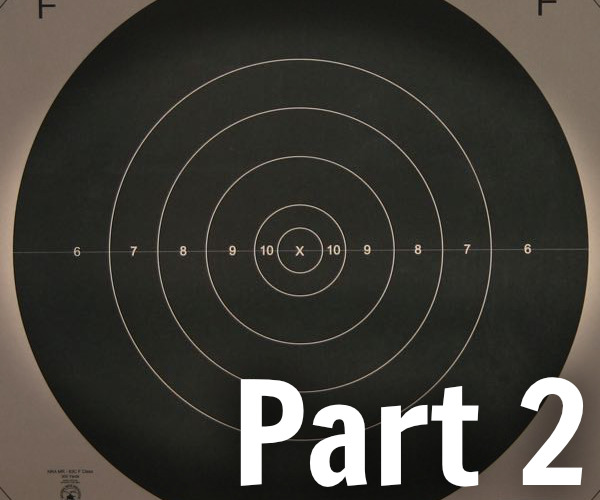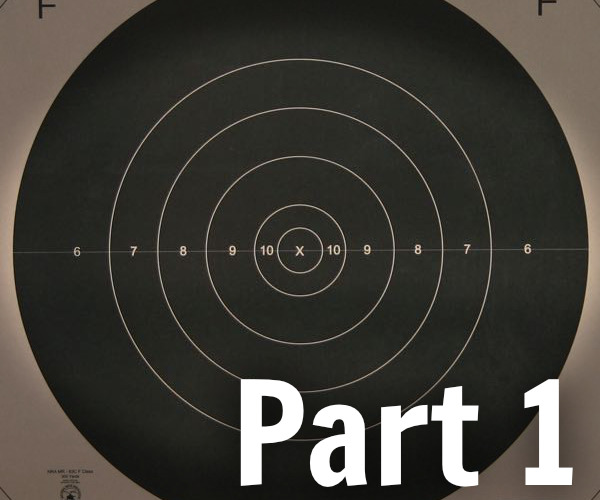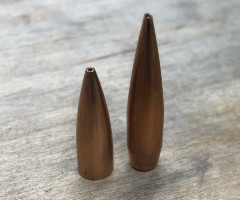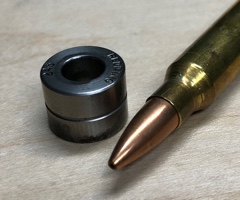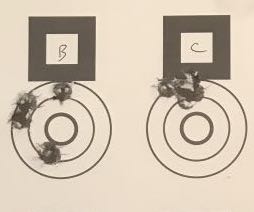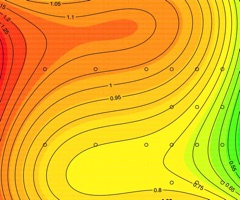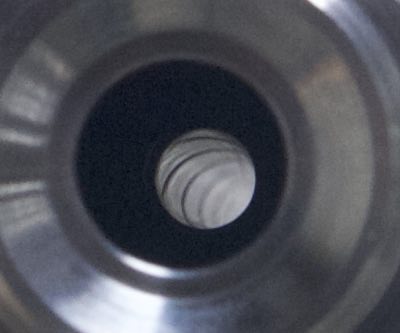Barnard Action, Model P
By Damon Cali
Posted on February 23, 2012 at 09:50 PM

This article continues the series on my new long range prone rifle build, which began with the selection of 6mm XC as the cartridge of choice followed with a first look at the Warner #2 rear sight that I will be using.
A couple days ago I received a phone call form the local gun shop that my Barnard Model P action had arrived. Hours of my life was then wasted dealing with the DMV and other local entities getting my paperwork in order. It sounds more tolerable to say "paperwork" than the alternative vernacular. In any case, I happily picked up the action and brought it home.
Overview
The Barnard Model P is a single shot bolt action designed and manufactured in New Zealand for long range rifle competition. It is a hefty action with a simple, heavy-duty design. Unlike the near ubiquitous Remington 700 (which has two bolt lugs), the Barnard has three blot lugs, equally spaced - 120 degrees apart. Practically, this means that the bolt lift angle is reduced (compared to a two-lug bolt) and the force required to lift it is increased. I think it's a good compromise, but to each his own.
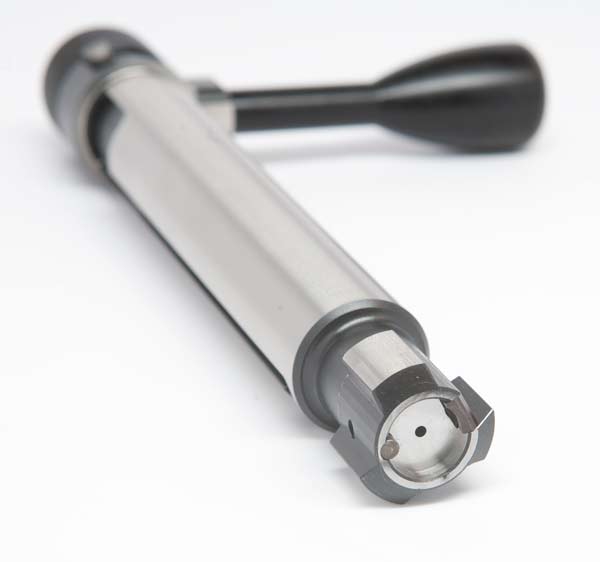
Incidentally, one might suspect that a three-lug design would vibrate differently than a two lug design. In a two-lug action, the lugs are facing up and down when the rifle is locked up and ready to fire. Those two points are the main load path for the bolt thrust - which can be on the order of 10,000 pounds and a significant driver of barrel vibration. In a three-lug action, the bolt thrust is taken by the receiver through three points instead of two. What that means in practical terms is beyond my knowledge, but I'd bet there is a difference in the way the barrel vibrations are driven. Perhaps someone should look into that some time... (If you're having trouble following me here, there is a fascinating discussion on the topic in Harold Vaughn's Rifle Accuracy Facts. (Update: Vaughn's book is unfortunately out of print. Pick one up if you see a copy).
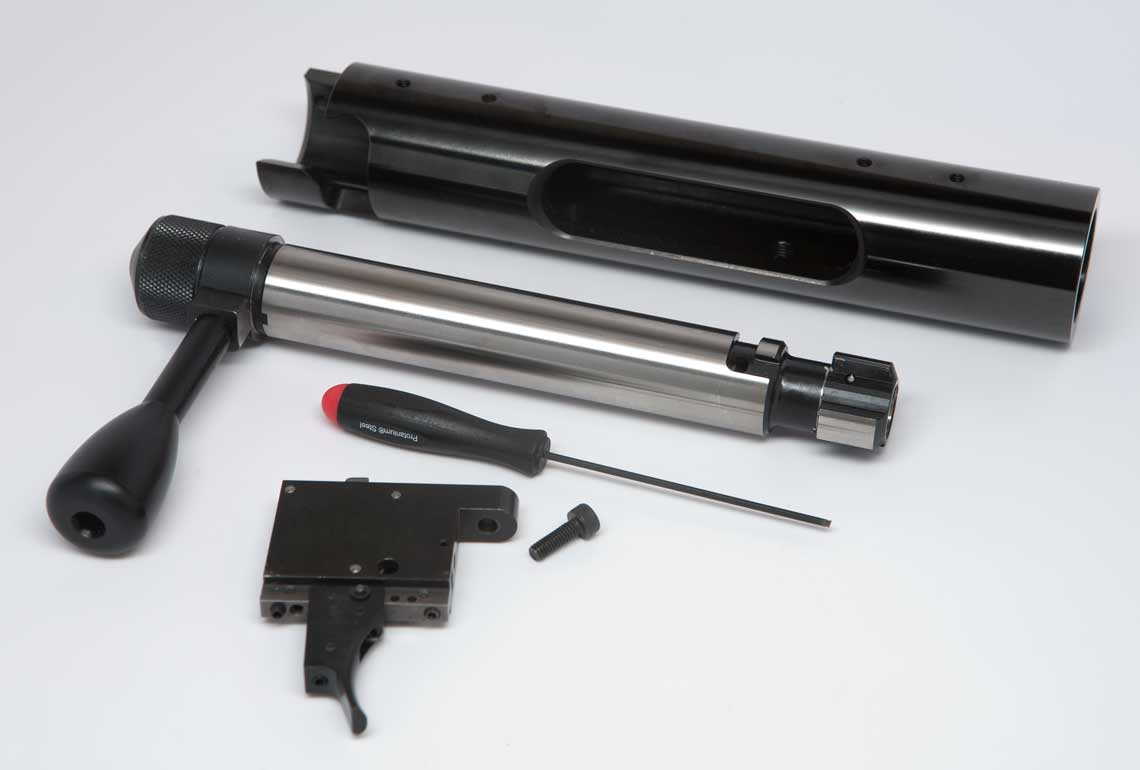
But back to the action. I chose to have a Remington style plunger ejector included to match the standard Sako-style extractor. I also chose a right-bolt, right-port configuration. One of the nice things about the Barnard is that they offer it in just about any imaginable configuration - you can order to suit your needs.
Another attractive feature of the Model P is that it comes with a very nice two stage trigger with either a "normal" or "light" weight spring. I chose the light spring, as I prefer a light trigger for prone competition.
Recoil and Lugs
The Model P has not one, but three different options when it comes to its recoil lug (none of which are included with the action).
- A Remington style recoil lug
- A rectangular slot milled into the bottom of the receiver
- A recoil shear boss that threads into one of the screw holes on the bottom of the receiver
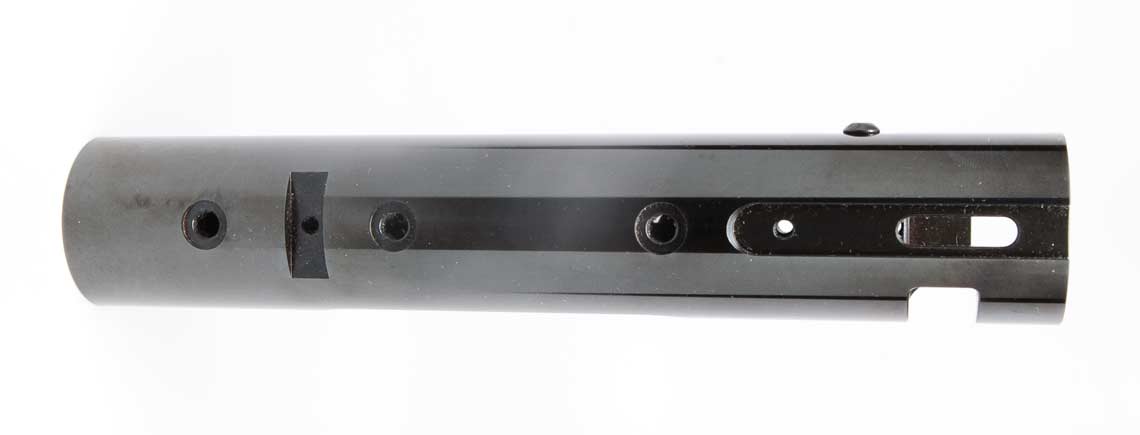
The most traditional of the three is the Remington-style lug, which gets attached by your gunsmith between the action and the barrel. You then bed the action in a traditional manner with the lug bearing against a recess in the stock. It's how the vast majority of bolt action rifles are done.
A more involved option is to have your gunsmith make a rectangular aluminum or steel block that fits into the Barnards slot. That block can be bedded into your stock. I'm not sure what the advantage is over a traditional Remington style lug, but some folks prefer this method. All I can think of is that the attachment and removal of the barrel is slightly simplified, as you don't have to mess with the lug. Not a terribly big deal, especially for me, since I don't do my own gunsmithing!
The third option is a cylindrical shear boss that screws into the bottom of the action. This boss then fits into a recess in an aluminum v-block which is bedded in the stock. Reportedly, this allows the stock to be removed and replaced without degrading accuracy. That, of course, is the holy grail of bedding - if it can really be done.
One concern I have about the shear boss method is that there is very little of the action bearing on the shear boss - the recess in the action is only about 0.015" deep. You don't want to have threads taking recoil forces - you want it to be taken directly by the boss. I haven't yet seen the actual boss piece (only photos), but this makes me nervous. If the shear is not transferred directly from the boss to the action, and instead goes through the threaded interface, you could get some inconsistency.
Now, everyone I've checked with says the shear boss setup works well. My suspicion is that this is due in large part to the action screws providing a firm grip on the aluminum bedding block. In other words, the recoil is reacted primarily by the friction between the action and the v bock. Again, this makes me nervous. It works when it works, but it is good practice to avoid relying on friction to absorb shear forces like this. (This may be the aerospace engineer in me speaking - this was not a debatable topic when I was working in the space business).
So long story short, I had intended to use the boss method before I saw the action, but will be rethinking that plan. As of now, I'm leaning towards the separate lug used under the receiver.
Trigger Details
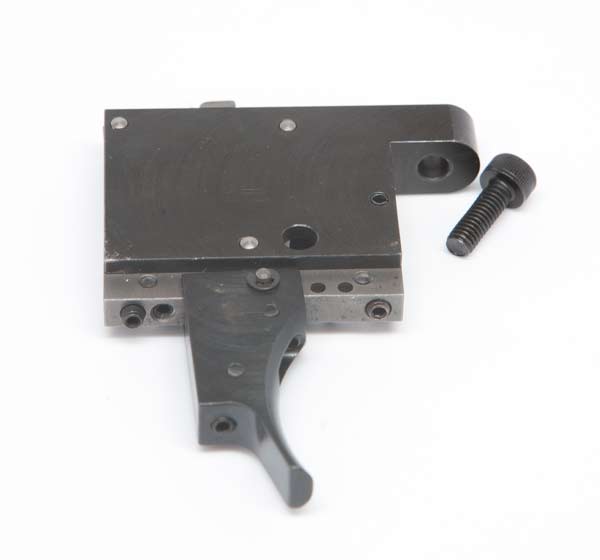 A nice touch is that the Barnard comes with a very nice adjustable two stage trigger. As mentioned above, you can request a lighter trigger spring allowing pull weights down to around 1 pound or so. The action comes with a set of instructions for adjusting the trigger (and even a nice 1.5mm hex head driver). Nothing unusual here - you just turn the screws in or out, in the proper order, to adjust the trigger's weight (rearmost screw), overtravel (middle screw), and sear engagement (front screw). Also adjustable are the first stage weight (screw in rear of actual trigger), and fist stage length (screw in front of actual trigger.)
A nice touch is that the Barnard comes with a very nice adjustable two stage trigger. As mentioned above, you can request a lighter trigger spring allowing pull weights down to around 1 pound or so. The action comes with a set of instructions for adjusting the trigger (and even a nice 1.5mm hex head driver). Nothing unusual here - you just turn the screws in or out, in the proper order, to adjust the trigger's weight (rearmost screw), overtravel (middle screw), and sear engagement (front screw). Also adjustable are the first stage weight (screw in rear of actual trigger), and fist stage length (screw in front of actual trigger.)
Overall Impressions
The Barnard is a high-end action. The fit and finish are superb, the mechanicals are strong and simple, and the trigger is acceptable right out of the box (a rare occurrence these days). I hate to call it a "custom" action because I feel that the Barnard has been around long enough (Since 1993) and been produced in large enough volumes to be considered a factory action. It's a very high quality factory action comparable in quality to custom actions, but part of the appeal is that it's being built by a business with some staying power and you can count on it being around for a while.
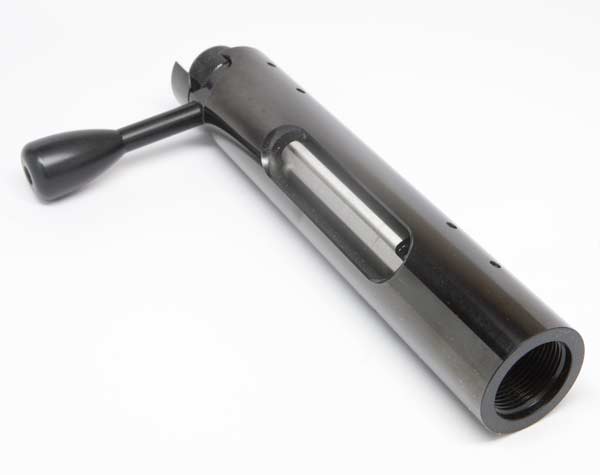
Damon Cali is the creator of the Bison Ballistics website and a high power rifle shooter currently living in Nebraska.
The Bison Ballistics Email List
Sign up for occasional email updates.
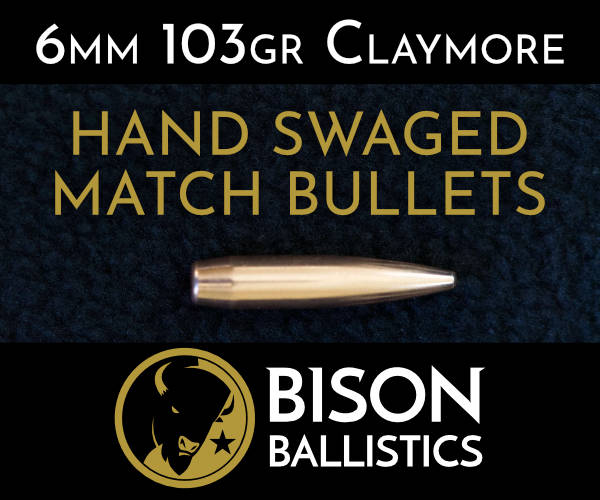
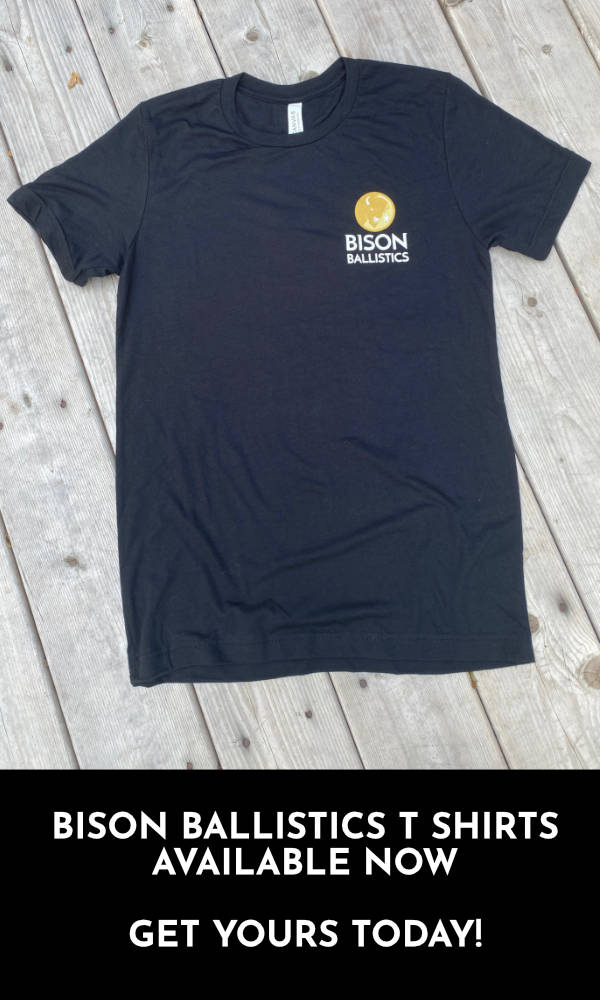
Want to Support the Site?
If you enjoy the articles, downloads, and calculators on the Bison Ballistics website, you can help support it by using the links below when you shop for shooting gear. If you click one of these links before you buy, we get a small commission while you pay nothing extra. It's a simple way to show your support at no cost to you.
